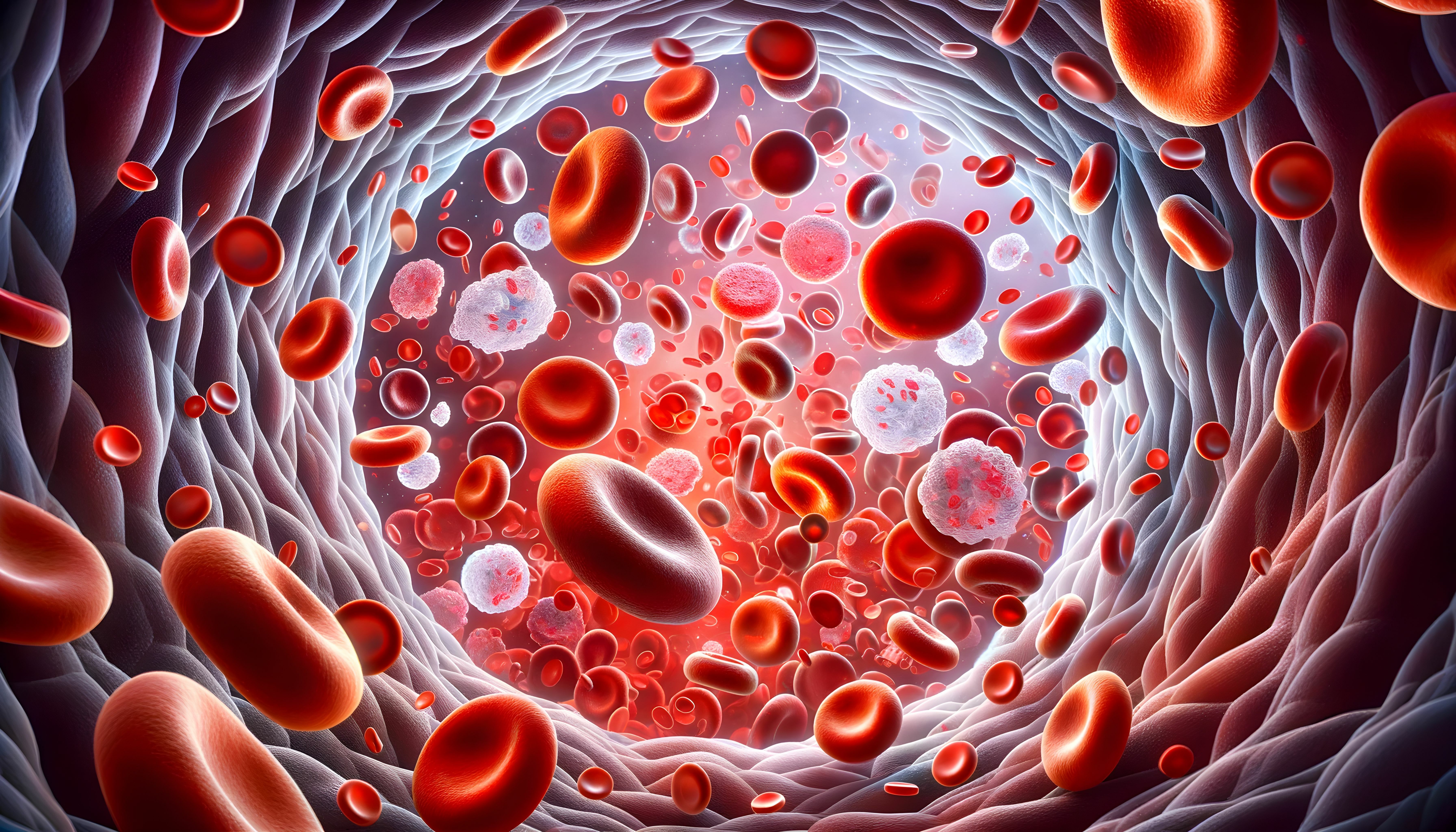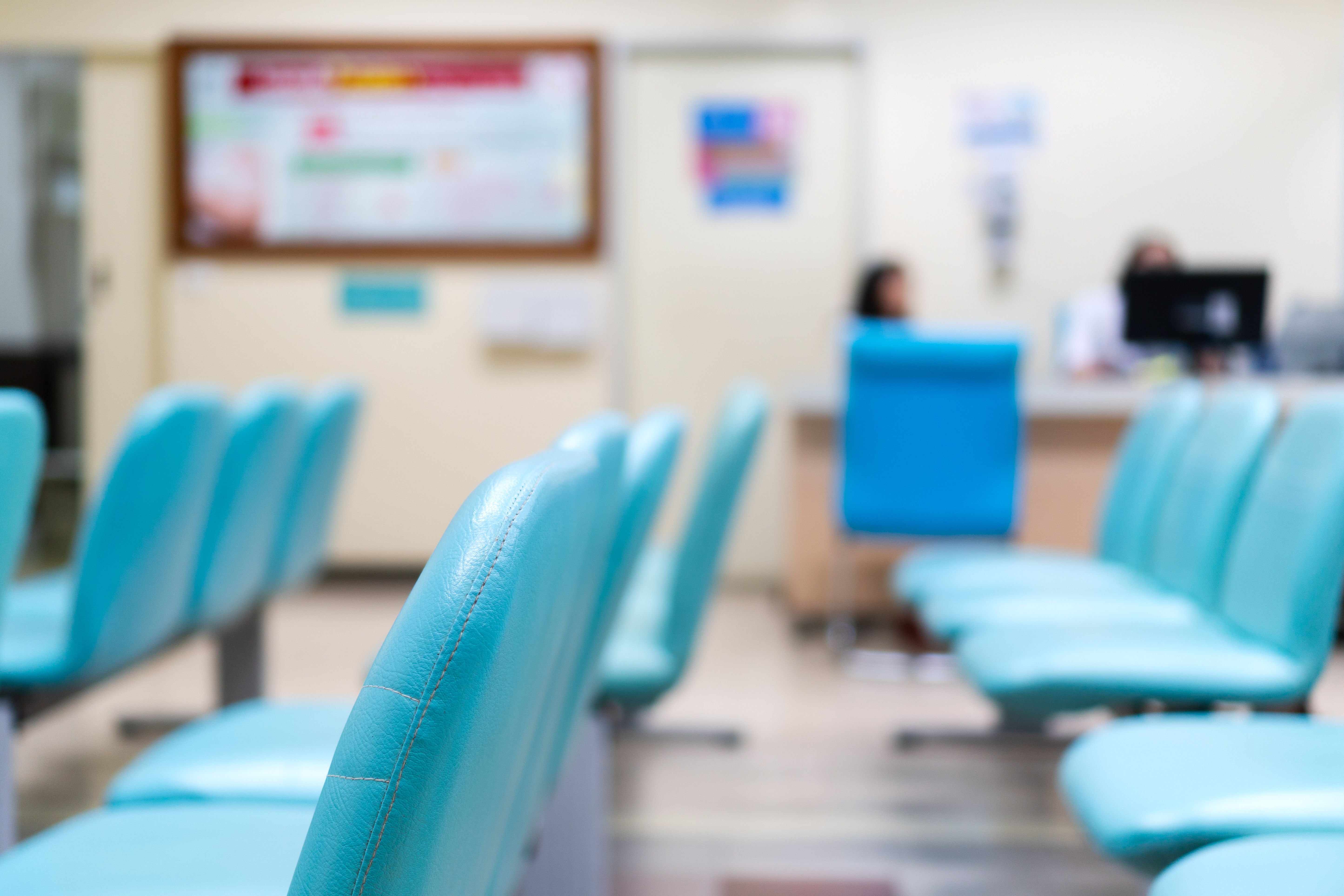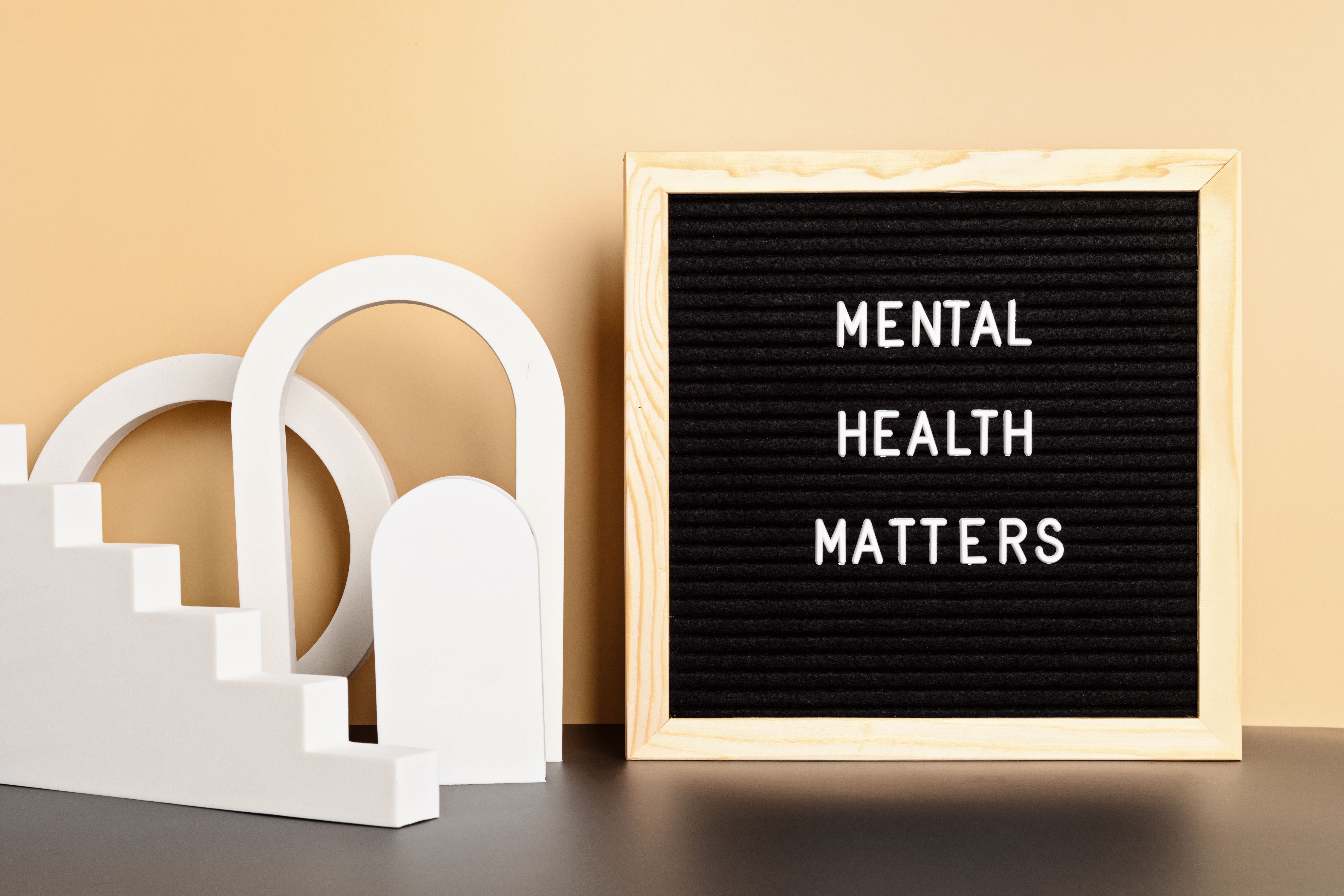News
Article
Gene Therapy Demonstrates High Efficacy in Severe β-Thalassemia
Author(s):
Key Takeaways
- Betibeglogene autotemcel gene therapy led to transfusion independence in 89% of patients with severe transfusion-dependent β-thalassemia.
- The trial involved 18 patients with specific genotypes, showing significant improvements in hemoglobin and reduced serum ferritin levels.
A phase 3 trial highlights betibeglogene autotemcel as a potentially curative gene therapy for severe transfusion-dependent β-thalassemia.
A recent phase 3 clinical trial demonstrated the potential of betibeglogene autotemcel (beti-cel) gene therapy to achieve transfusion independence in patients with severe genotypes of transfusion-dependent β-thalassemia (TDT). The study’s findings, published in The Lancet, suggest that beti-cel could provide a potentially curative treatment option, achieving transfusion independence in 89% of participants.1
The trial, HGB-212 (NCT03207009), involved 18 patients aged 4 to 33 years with β⁰/β⁰, β⁰/β+IVS-I-¹¹⁰, or β+IVS-I-¹¹⁰/β+IVS-I-¹¹⁰ genotypes. These patients required at least 8 transfusions of packed red blood cells (pRBCs) per year prior to enrollment. Conducted across 8 centers in Europe and North America, the study followed participants for a median of 47.9 months to evaluate safety and efficacy outcomes.
Among patients younger than 18 years with β-thalassemia, 92% reached transfusion independence with beti-cel, while 80% of adults achieved this outcome. | Image credit: Eleni - stock.adobe.com

The study protocol involved the mobilization of hematopoietic stem and progenitor cells (HSPC) and busulfan-based, pharmacokinetic-adjusted myeloablative conditioning before beti-cel infusion. Sixteen of 18 patients reached and maintained transfusion independence, defined as maintaining a hemoglobin level of 9 g/dL or higher without requiring pRBC transfusions for at least 12 consecutive months.
Among patients younger than 18 years, 92% reached transfusion independence, while 80% of adults achieved this outcome. All 16 patients maintained this status to the last follow-up, with a median duration of 38.7 months. The median time to transfusion independence was 15.7 months after infusion (range 14.8 – 24.5).
Two patients did not achieve transfusion independence, with one experiencing a 96.6% reduction in transfusion requirements at month 48.2 after beti-cel infusion, partly supported by the use of luspatercept from month 37. The authors noted that these patients had lower vector copy numbers (VCNs) and percentages of lentiviral vector-positive cells in their drug product, which may have contributed to the outcome.
Patients achieving transfusion independence demonstrated significant improvements in hemoglobin levels with a median weighted average hemoglobin during this period of 10.5 g/dL (range 9.6-13.7), while the median contribution from gene therapy–derived hemoglobin was 9.1 g/dL. (range 4.7-2.4). Additionally, serum ferritin levels significantly decreased from a baseline median of 1398 ng/mL (range 569-3949) to 833.5 ng/mL (range 270-2978) at 24 months (P = .0131).
“These data demonstrate that beti-cel can allow patients with genotypes that cause severe β-thalassemia (β⁰/β⁰, β⁰/β+IVS-I-¹¹⁰, or β+IVS-I-¹¹⁰/β+IVS-I-¹¹⁰) to reach transfusion independence,” the authors report.
The HGB-212 trial builds on previous studies of beti-cel, including phase 1/2 trials that showed mixed results, particularly for patients with β⁰/β⁰ genotypes.2-4 This phase 3 trial aimed to assess the efficacy of beti-cel that underwent an optimized manufacturing process, which increased drug product vector copy number and improved transduced hematopoietic stem cell quality and yield.5
All 18 patients experienced at least one adverse event following beti-cel infusion, with most events being cytopenias and gastrointestinal disorders, consistent with known side effects of myeloablative conditioning and the infusion procedure. No serious adverse events were attributed directly to beti-cel, and no deaths occurred during the study. The most common adverse events of grade 3 or higher were thrombocytopenia (94%) and neutropenia (89%).
The beti-cel gene therapy works by adding functional copies of a modified β-globin gene into HSPCs via autologous CD34+ cells transduced with BB305 lentiviral vector. This approach offers a potential alternative to allogeneic HSPC transplantation, which, while potentially curative, carries significant risks and limitations.
“Lentiviral vector-based gene addition therapy contributes to the treatment landscape of transfusion-dependent β-thalassemia by providing an additional potentially curative option.”
The study findings reported here include data up to a median follow-up of 47.9 months. As of January 30, 2023, all 18 participants had enrolled in the ongoing 13-year long-term follow-up study, LTF-303 (NCT02633943).
References
- Kwiatkowski JL, Walters MC, Hongeng S, et al. Betibeglogene autotemcel gene therapy in patients with transfusion-dependent, severe genotype β-thalassaemia (HGB-212): a non-randomised, multicentre, single-arm, open-label, single-dose, phase 3 trial. Lancet. Published online November 8, 2024. doi:10.1016/S0140-6736(24)01884-1
- Thompson AA, Walters MC, Kwiatkowski J, et al. Gene therapy in patients with transfusion-dependent β-thalassemia. N Engl J Med. 2018;378(16):1479-1493. doi:10.1056/NEJMoa1705342
- Kwiatkowski JL, Thompson AA, Rasko JEJ, et al. Long-term clinical outcomes of lentiglobin gene therapy for transfusion-dependent β-thalassemia in the Northstar (HGB-204) study. Blood. 2019;134(Suppl 1):4628. doi:10.1182/blood-2019-125807
- Magrin E, Semeraro M, Magnani A, et al. Results from the completed HGB-205 trial of lentiglobin for β-thalassemia and lentiglobin for sickle cell disease gene therapy. Blood. 2019;134(Suppl 1):3358. doi:10.1182/blood-2019-127393
- Locatelli F, Thompson AA, Kwiatkowski JL, et al. Betibeglogene autotemcel gene therapy for non-β⁰/β⁰ genotype β-thalassemia. N Engl J Med. 2022;386(5):415-427. doi:10.1056/NEJMoa2113206




